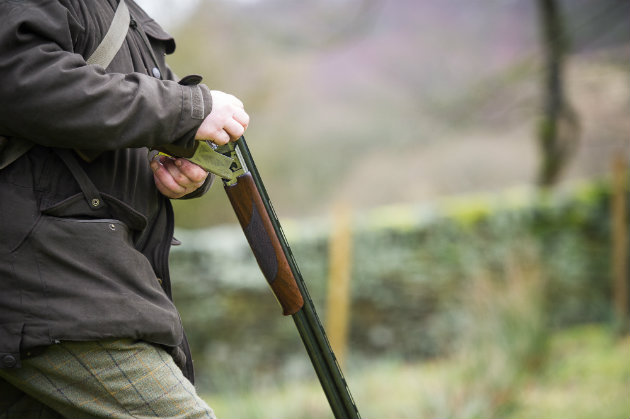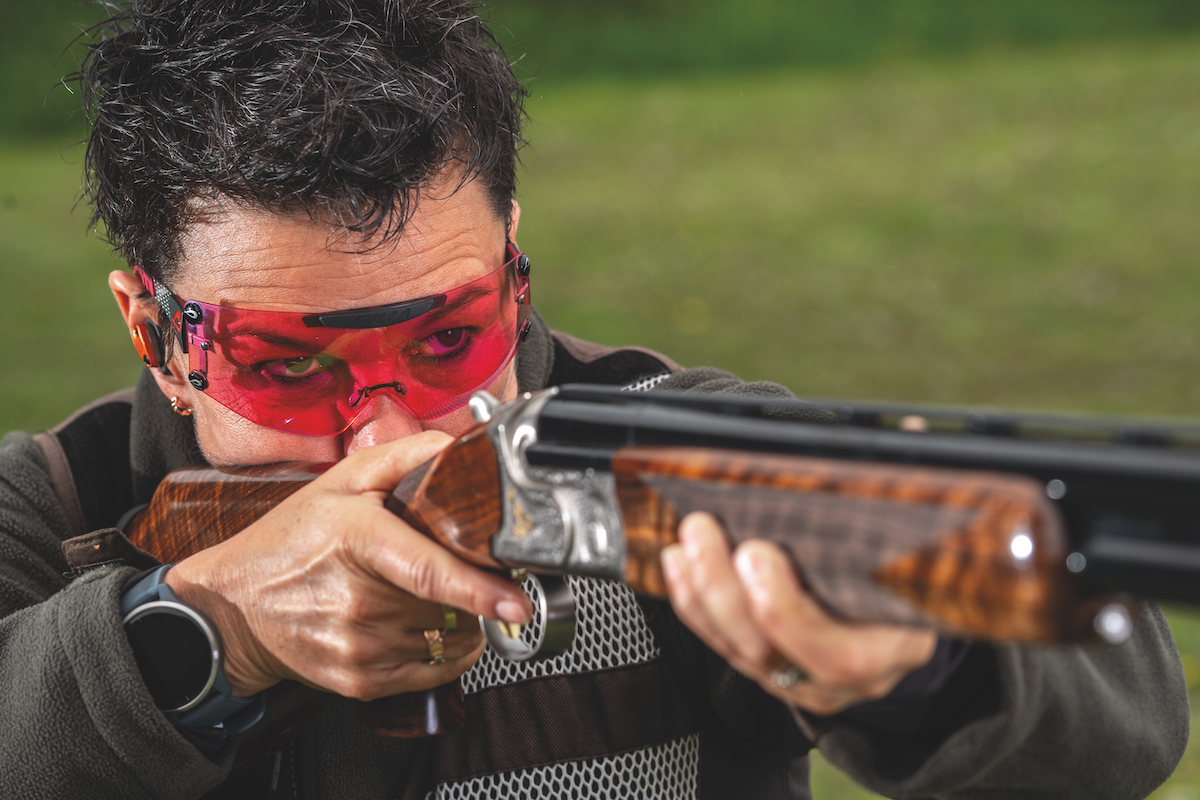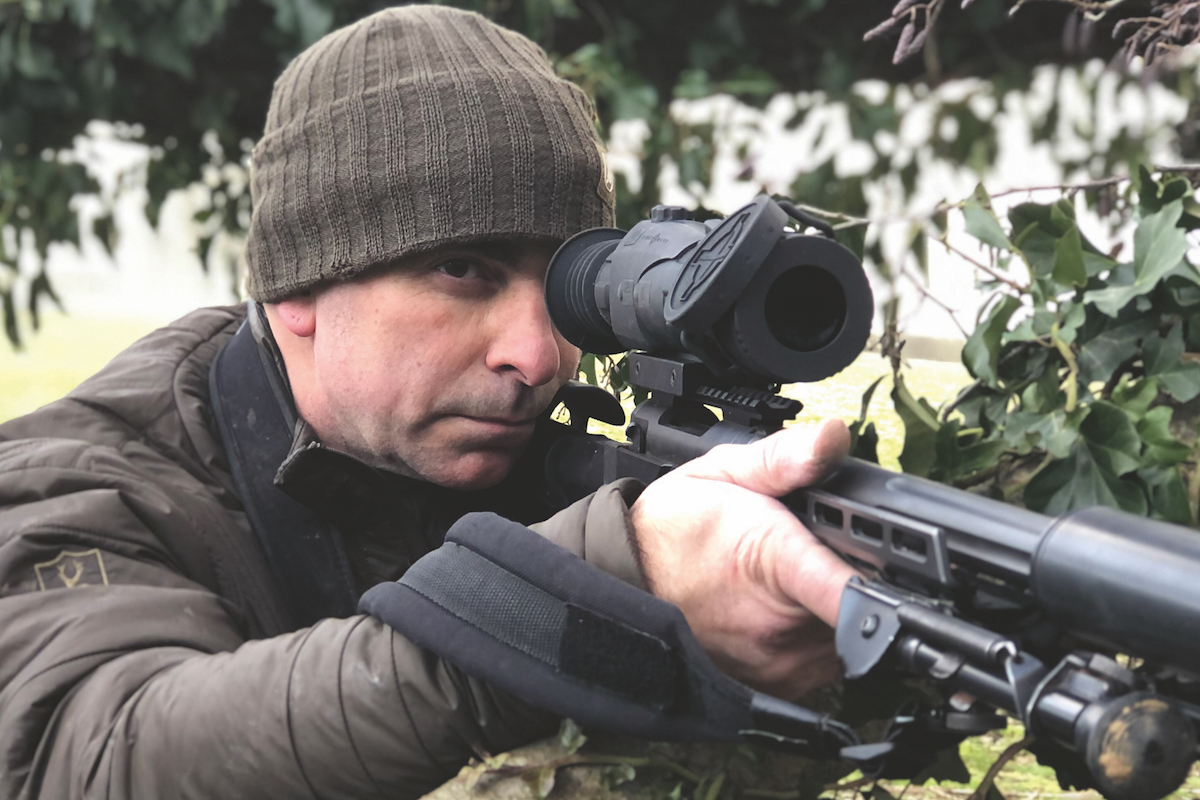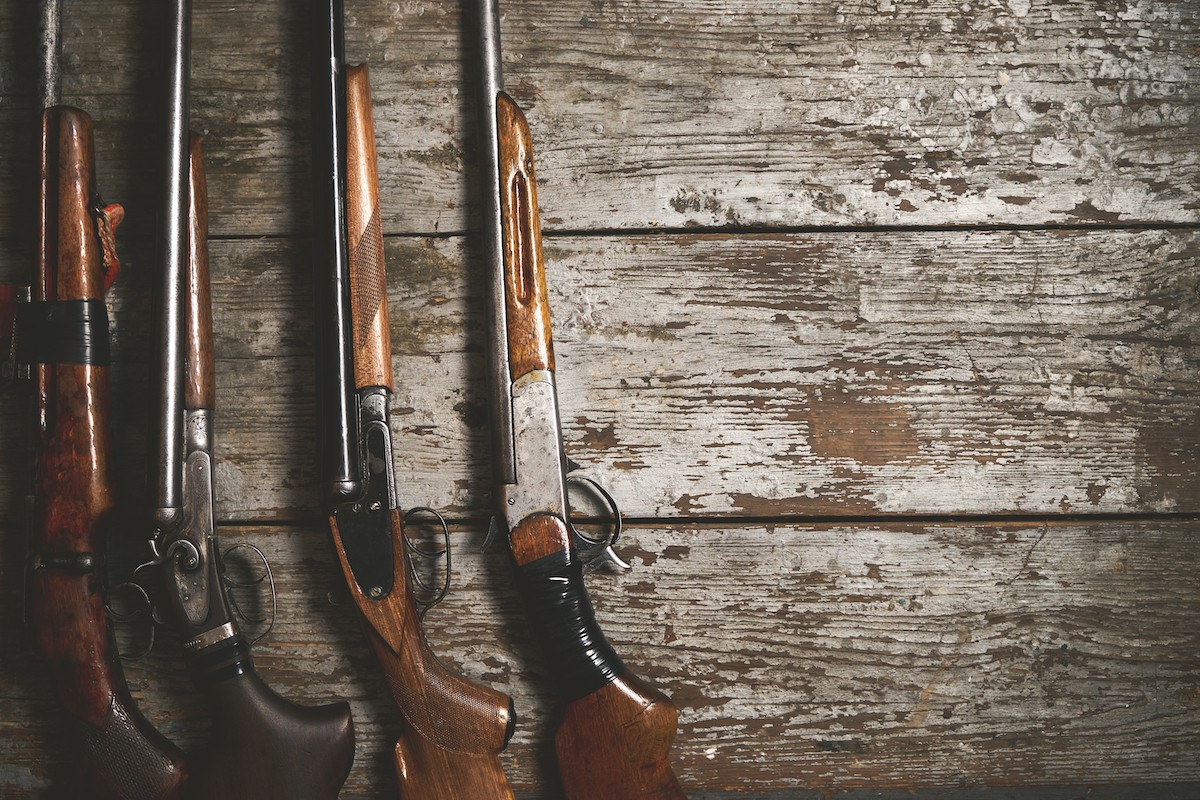What novice shooters should look out for when choosing a first gun
Reliability, budget, versatility ...

Step one in buying your first gun is taking advice from someone you can trust.
Most gun shops are reliable but I know of one in the Midlands that sold a right-handed gun to one of my friends, for his left-handed son, with the recommendation that it fitted him well. A shooting coach who worked on an adjacent shooting ground pointed out this rather fundamental mistake. The error was rectified with a different gun.
A shotgun that will do most things well
For the beginner, it is perfectly possible to buy a shotgun that will do most things well. If you are interested in doing some pigeon and vermin control, together with joining the local DIY game syndicate and practising or competing at the clay clubs in the area, there is definitely an affordable gun for you.
Get some lessons and advice from a qualified coach — there will be plenty of CPSA and BASC qualified coaches local to you. Having introductory lessons and not spending too much on your first gun, especially at a time when your shooting technique is still in its formative stage, will be better use of your money.
How much will you need to spend?
Around £1,000 will buy you a very serviceable first gun, which will more or less last forever. Don’t dismiss secondhand guns from the well-known international suppliers; you can get good value in the pre-used shotgun market if you go to a reputable gun shop. I would suggest buying an over-and-under shotgun. Most people find them easier to use as you are looking along the rib of a single barrel when shooting. The majority of users find this “sight-picture” easier to operate compared with the larger expanse of horizontal metal of a side-by-side gun.
- Most modern over-and-unders have single triggers with a selection switch to determine which barrel fires first.
- The multipurpose gun to go for will be called a ‘Sporter” if it is being marketed for the clay shooter or a “game gun” for the pigeon or pheasant shooter.
- They are essentially the same thing, though the Sporter may be slightly heavier to help reduce recoil fatigue when shooting 100- or 200-target clay competitions.
- The game gun will probably have a safety catch that re-engages to safe when the gun is opened, whereas the Sporter will probably remain active for firing when reloaded and closed.
- A gunsmith can make an internal adjustment and change to either system on most makes of modern gun.
- Be mindful that there is an element of fashion involved in barrel length. When over-and-unders became popular in the UK, the gun you would see everywhere was the Winchester 101, and it is still a very usable gun. Since then 30in barrels have become the fashion, with 32in or even 34in often favoured by the big boys.
- For your first gun, however, buy a 28in or 30in that feels nicely balanced between your hands. This should be when the hinge of the action is approximately midway between your hand on the stock and your forward hand on the fore-end. Because 28in-barrelled guns are rather out of fashion they are often priced very reasonably on the secondhand market.

Frantically changing chokes rarely helps matters
Performance and patterns
- The measurement of performance of a shotgun barrel has traditionally been done by assessing the number of pellets hitting a 30in circle on a pattern plate at 40 yards. This number is compared with the number of pellets originally loaded into the cartridge. To get an average, the contents of say five or 10 cartridges are counted and the patterns of five or 10 shots are assessed with cartridges from the same box.
- For any bore of shotgun, 12-, 20- or 28-bore, a “true cylinder” barrel should put 40 per cent of the shot-load in the 30in circle. This, of course, means that 60 per cent of the shot-load is outside of the circle and quite widely spread.
- A 10-thousandth of an inch choke constriction at the barrel end of a 12-bore is defined as “quarter choke” and should place 55 per cent of the shot in the 30in circle.
- “Full choke” is 40-thousandth constriction on a 12-bore barrel, but that only puts 70 per cent of the shot in the 30in circle. There is, you will see, a law of diminishing returns and going for very tight chokes does not help much and can increase recoil.
- A good all-purpose choking is, say, quarter and quarter in each barrel, or half and half. Browning’s standard fixed-choke combination has traditionally been a quarter and three-quarter combination. So stick to the middle ground on chokes and forget them and focus instead on your technique as a route to hitting more targets.
- Buy a gun with multichokes for flexibility if you wish, but don’t keep changing them in the hope of great success.

The gun must shoot where you look
So what is important?
Surprise, surprise, it is where you shoot the gun. The gun must shoot where you look and it is important that if you are right-handed, shooting with the gun in your right shoulder, your right eye must control the gun.
Your right eye must point the gun where your right eye is looking. If your left eye is dominant in your perception of the world, you will shoot the gun in the wrong direction. Your shooting coach can help with this.
- The line of sight of your eye above the rib of the shotgun must just graze the rib. If you are looking into the back of the top lever of the gun your eye is too low.
- If you are seeing a lot of the top rib like a motorway running away from you, your eye is too high. Ensuring that you mount the gun consistently to your cheek to get this gun position is absolutely key. The gun that allows you to do this is a good fit for you. Elite shotgun performers train to get this gun-mount correct.
- The height of the comb on the top of the stock is the critical measurement in getting this correct gun-mount. Adjustable stocks can be useful for people who have slightly out of the ordinary length of neck or stocky build, for example. But in general, though different makes of gun do have slightly different height of comb measurements, most guns do fit most people well enough, particularly at this early stage of a shooting career.
- The way to check that you are getting the gun to the right “touch position” on your cheek is to close your eyes, mount the gun and check that your eye has the correct sight position down the rib of the gun. Make sure you do it consistently. Mount the gun to your cheek and eye with both your eyes as horizontal as possible. Try to avoid canting your head over the stock.
- Stock length is a rather second-order measurement compared with comb height. The longer the stock, the more the weight of the gun is pushed forward and away from your body, making it more difficult to accurately point the gun. With a very short stock there is a danger that the thumb knuckle of your rear, trigger, hand will bump into the end of your nose when the gun recoils. Most find a gap of about 1½in between the end of your nose and your thumb knuckle is a good position.
Buying your first shotgun: here’s how to make the right choice
It’s never too soon to start looking at guns with a view to buying your first and any dealer will…
My first gun – a Baikal single-barrel 12-bore
I’m proud to say that my first gun was a Baikal. People may smirk but it carries a weight of…
So there we have it: over-and-under, good barrel length, chokes selected and forgotten, mount the gun properly, point the gun where you are looking and place the shot pattern where you want it to go. Bingo!











